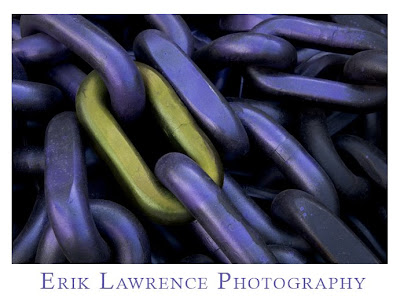
One of my clients is a maker of custom homes and commercial properties. These are the kind of homes you would see on an episode of MTV's Cribs, with home theaters, outdoor living spaces, mega bathrooms and closets you could park a car in. $2.3 million may not seem like much when compared to the cost of some of those MTV homes, but in the Denver area it goes a long way toward making some of the celebrities look like they are coming up short on square footage.
And the home builder needs images to make a sale.
Not Architectural Digest images, these places are mostly empty when I photograph them and often they are still under construction. Mostly I just move around from room to room with the camera on a tripod. I pick the composition, get a quick grab-shot and look it over to decide what solutions I have for issues.
Color temp is usually my first consideration. Is there a bunch of daylight coming in through big windows? Is the tungsten lighting adequate? Is there some dark corner of the room that needs a pop of light? Around 80% of the time I can just "let it go", leave any minor adjustment for post production and trust in my Whibal to clean up the color.
Truth be told, almost any photograph of an interior space can be improved with a little creative lighting, but this is the trenches, time is short and there are still 8 more rooms to shoot here and 2 other properties on the other side of town. Move out!
Enter the speedlight (its' in the name). For me it is Nikon SB 28s and Pocket Wizards. Setting up 2 of them before I start moving around the house is common practice. I use Justin Clamps or lay the strobe right on the floor or a shelf, I have stands if I need them but they slow things down and are difficult to hide. My camera is on self-timer because of exposures that are usually over 1 second, this leaves me free to hold and point a light during the exposure. I also carry small gels that attach to my strobes with velcro, I can shift the color temperature on the camera and make fast conversions between color balance options.
This week the client sent me back to homes I had photographed during their construction. Now lived in and furnished, it was time for some shots for the clients website.
"Let it go"... no strobes. No window treatment makes for lots of daylight

There is a strobe upper right

Dimmers on lights can be a big help.
 A very yellow room
A very yellow room

This is all really basic stuff. Given the time and the budget these interiors could look much nicer, but for the client they exceed expectations.


















































